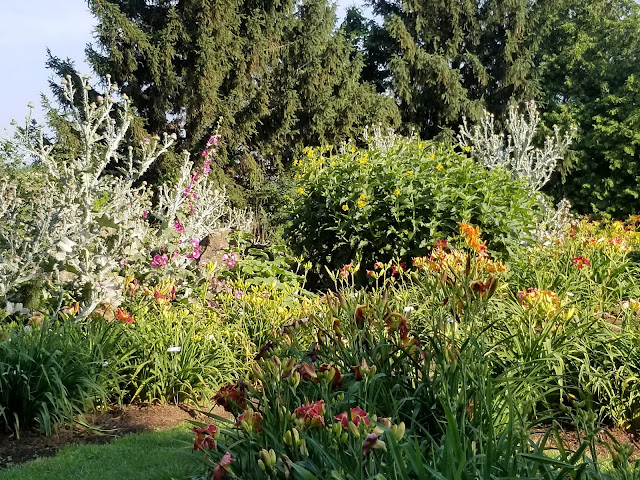P is for Plumaria
The flowers come in a variety of colors including pink, red, white, and yellow, or pastel bicolors and smell amazing. They are pollinated at night, so their fragrance is at it's nest in the evening, but they smell good anytime of day.
If pollinated, a flower of the species can produce a hard, leathery looking, two-horned seed pod that is about 8 inches long with pointed ends. When mature, they split along the length of the pod to release the 20-60 winged seeds, usually in early spring. Ours did not release its seeds in the spring, it decided to go a different direction. When I checked on them recently, they had finally opened. I gathered up a bunch of the seeds and I need to do a little research on how to grow them.
Plumeria are propagated from seed or stem cuttings. Like many plants the only way to maintain named selections or cultivars is to use the cutting method as these plants will not come true from seed. A stem cutting is a 12-18 inch cuttings of leafless stem tips taken in the spring. Once cut, you need to allow the cut end to dry before planting in well-drained soil. It will take one to three years for cuttings to bloom, and three or more years for plants grown from seed.
They aren't particularly fussy assuming you have a plan for the cold weather months. We bring ours into the greenhouse, but in warmer climates they can stay out all year. Once night temperatures start reaching the 40's your Plumeria will need to be brought in. Plumeria need full sun, warm temperatures, and appropriate moisture to thrive. They need well-drained soil that doesn’t dry out and doesn’t remain soggy, otherwise they may rot.
I'm really excited to try to germinate the seeds from this plant. While they won't look the same as this one, I'm almost more excited to see how they look!






It's beautiful! I've tried and failed to grow Plumerias a few times. I've got one in a pot now but it's probably not getting enough sun - or water.
ReplyDeleteWe killed one in New York, but this one seems to be doing well. Now I need to try to germinate the seeds I collected from ours.
DeleteWhat a beauty.
ReplyDelete